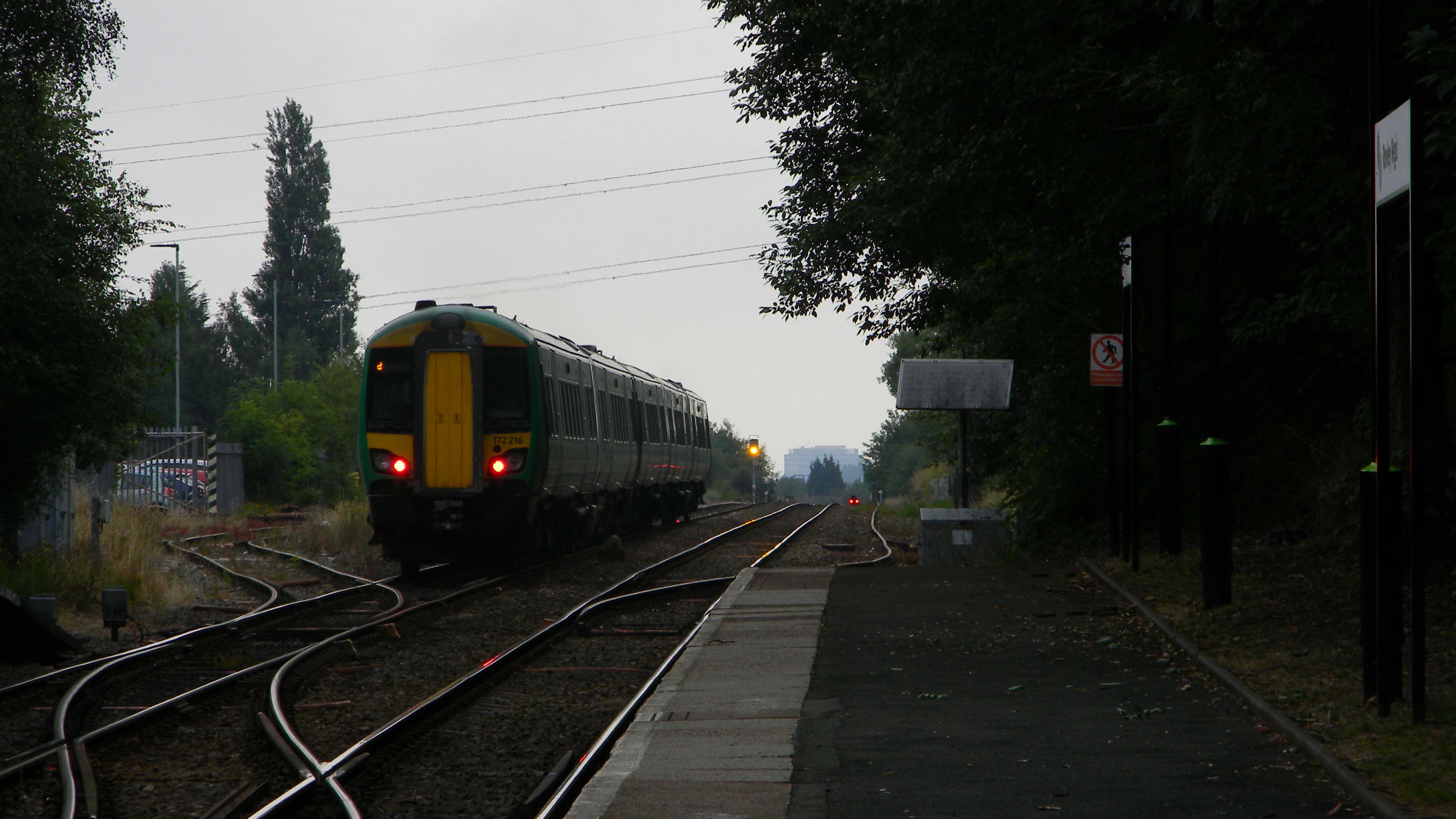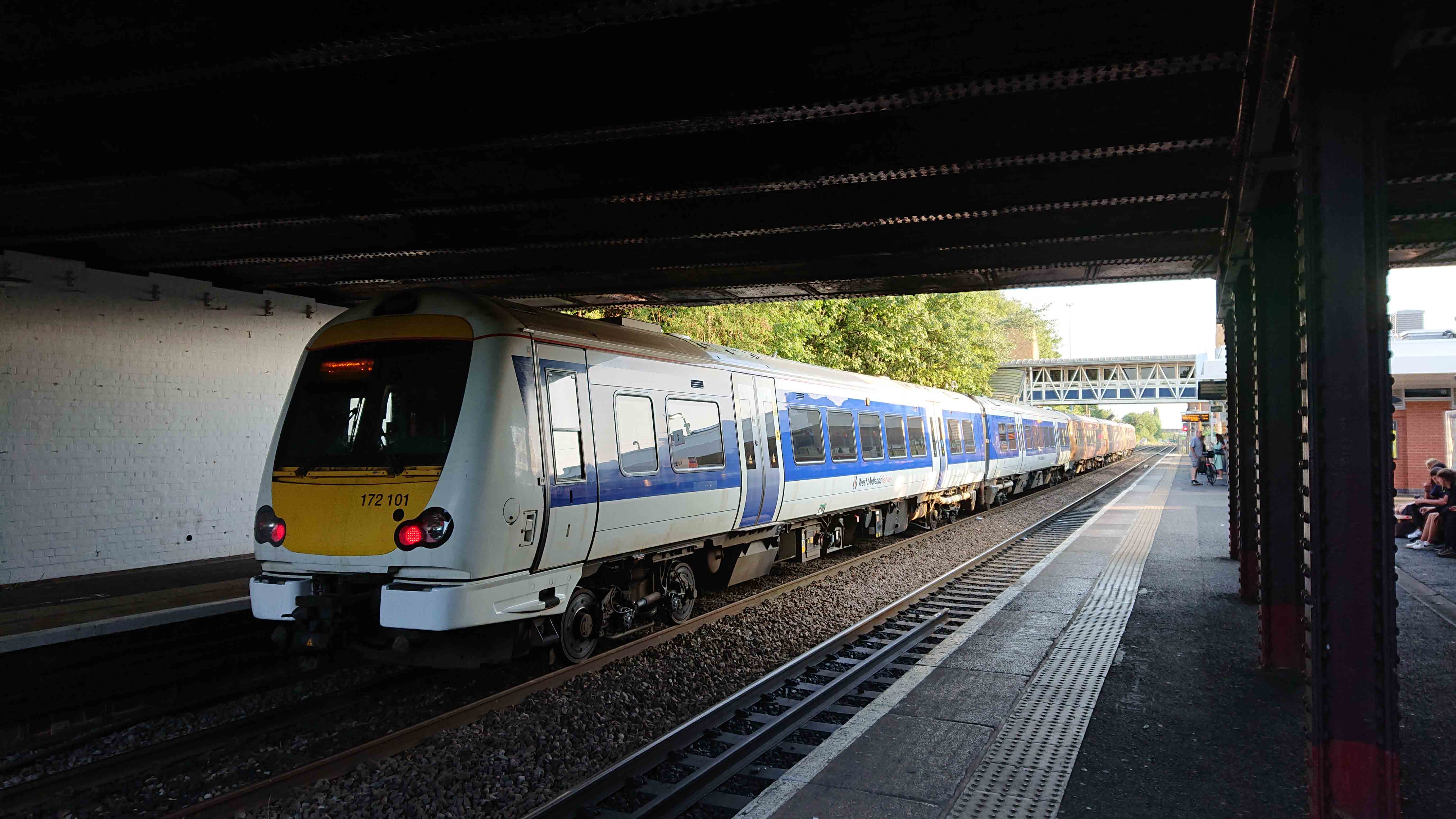WE ARE MANY.
WE ARE RAILFANS.

Railfan-Joe
September 30th, 2021
In most cases throughout Britain, since the introduction of Diesel and Electric traction, the ability to distinguish different types and classes of locomotive has been fairly obvious. The mighty Class 55 'Deltic' looks wildly different to the small Class 08 shunter and the more recent Class 68 equally different to something older like a Class 35. The TOPS classification system, which is responsible for denoting different locomotive classes, was implemented in the 1970s and gives railfans a comprehensive system by which to identify locomotives and multiple units.
But not every class of loco / unit is as simple to identify by eye. For example, the Class 26 and Class 33 locomotives look very similar and the difference is largely mechanical in that the latter has more power. In the case of the Class 172 Diesel Multiple Unit (DMU) the opposite is true - two distinctly different cab ends and formations exist under the same classification. Below, we take a look at why this one class has two faces.
The Class 172 is part of the Turbostar family of multiple units that was first introduced to the UK in 1998 and built by Bombardier. Under the guise of the Class 168, 170, 171 and 172, these travel on a variety of lines across the UK through a number of different operators. They take commuters and travellers around Scotland, throughout the English East and West Midlands and down as far as London and Cardiff courtesy of ScotRail, CrossCountry and others. They all have a similar appearance, with large-windowed cab ends and formations of 2, 3 or 4 carriages.
The Class 172, however, has a split personality. Under operation by West Midlands Railway (formerly London Midland) two different looking subclasses of 172 run, with the typical Turbostar cab applied to the Class 172/0 and 172/1 but gangway ends applied to the 172/2 and 172/3 variants of the multiple unit. These latter units, made of 2 or 3 car formations, look similar to the Electrostar family of trains also built by Bombardier but use diesel power, rather than third rail or overhead power used by other classes with this same style of cab end.
Ultimately, both subclasses remain Turbostars at heart, with the cosmetic changes to the front being purely for the benefit of the operators whose requirements for the units might differ across routes and services. The typical Turbostar cab end, with no gangways and large windows suit routes where regular driver comfort is preferred and there is little need for additional coaches or changes to passenger numbers. As a result these units can often run in the same formations for some time. The 172/2 and 172/3 units, formed of 2 or 3 coaches respectively, offer more flexibility in operation, by being able to run in tandem as 4-car or 5-car trains thus allowing passengers to spread out through the gangways into a larger set of coaches during peak times or where services have been altered for one reason or another.
The result is a rather peculiar variance in a unit under the same broad Class type and for railfans unfamiliar with subclasses, a chance to appreciate the variety of such specifications. Though the inner workings of all Turbostar trains may closely resemble one another, the two-faced quality of the 172 highlights the importance that the development of subclasses can have on their use.








